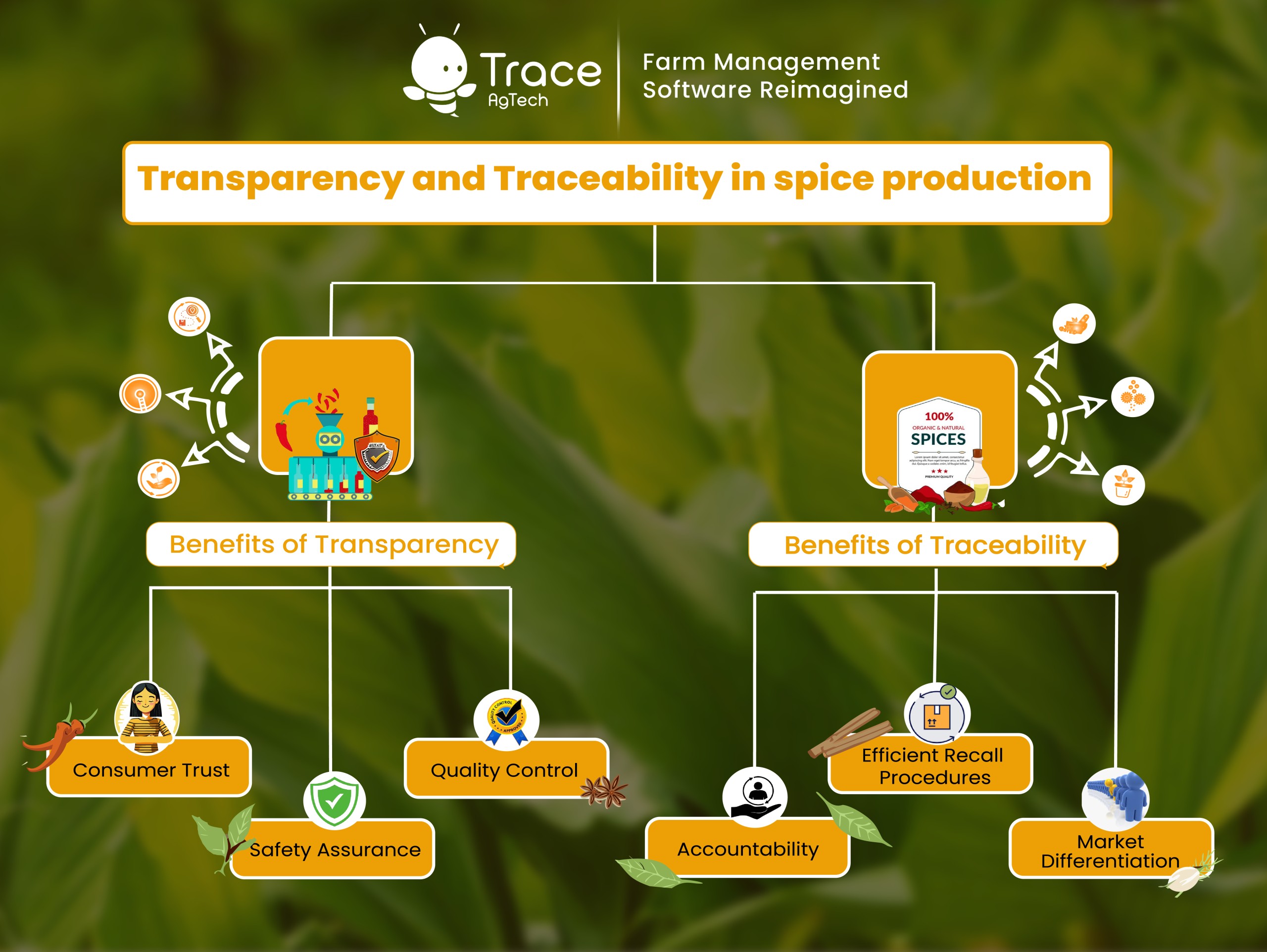Pesticide Residues in Spices: Understanding Customer Demands
In recent years, consumer awareness regarding food safety and quality has been on the rise. is the presence of pesticide residues in spices. Pesticides are chemicals used in agriculture to protect crops from pests and diseases, but their residues can remain on food products, including spices, leading to potential health risks. Understanding customer demands regarding pesticide residues in spices is crucial for producers, retailers, and regulators to address these concerns effectively.
Health and Safety Concerns
The primary driver behind customer demands regarding pesticide residues in spices is health and safety. Consumers are increasingly aware of the potential health risks associated with pesticide exposure, including links to cancer, hormone disruption, and other health issues. As a result, they are seeking spices that are free from harmful pesticide residues to protect themselves and their families.
Preference for Organic and Natural Products
Consumer demand for organic and natural products has been growing steadily. Organic spices are produced without the use of synthetic pesticides, making them a preferred choice for customers looking for safer and more environmentally friendly options. Brands that offer organic spices can capitalize on this trend and meet the growing demand for pesticide-free products.
Transparency and Traceability
Pesticide residues in spices have become a growing concern among consumers, who are increasingly seeking transparency and traceability in the food they consume. Understanding the origins of spices and the measures taken to minimize pesticide residues is crucial for both consumers and the spice industry. Let’s delve into the significance of transparency and traceability in addressing the issue of pesticide residues in spices.
Transparency in the Supply Chain
Transparency in the spice supply chain involves providing clear and accessible information about the origin, cultivation, and processing of spices. This includes details about pesticide use, residue testing, and any certifications or standards followed by producers.
Benefits of Transparency
- Consumer Trust: Transparency builds trust with consumers by providing them with the information they need to make informed choices about the spices they purchase.
- Safety Assurance: Transparent practices assure consumers that the spices they are buying are safe and free from harmful pesticide residues.
- Quality Control: Transparency allows for better quality control throughout the supply chain, ensuring that spices meet regulatory standards and consumer expectations.
Traceability in Spice Production
Traceability refers to the ability to trace the journey of a spice from farm to table. This includes tracking the source of the spice, the conditions under which it was grown, and any treatments or processes it underwent.
Benefits of Traceability
- Accountability: Traceability holds producers accountable for the quality and safety of their spices, as any issues can be traced back to the source.
- Efficient Recall Procedures: In the event of a contamination or safety issue, traceability allows for quick and targeted recalls, minimizing the impact on consumers.
- Market Differentiation: Brands that can demonstrate traceability in their spice supply chain can differentiate themselves in the market by offering a higher level of quality assurance.

The Role of Certifications and Standards
Certifications such as organic, fair trade, and Global Good Agricultural Practices (GAP) play a crucial role in ensuring transparency and traceability in spice production. These certifications require producers to adhere to strict guidelines regarding pesticide use, residue testing, and record-keeping, providing consumers with added assurance of quality and safety.
Regulatory Compliance and Certifications
Customers look for assurance that the spices they purchase meet regulatory standards for pesticide residues. Certifications such as the USDA Organic seal or other third-party certifications can provide this assurance and help customers make informed choices. Brands that invest in obtaining these certifications can appeal to health-conscious consumers.
Sustainability and Environmental Concerns
Beyond health considerations, customers are also concerned about the environmental impact of pesticide use in spice production. They are more likely to support brands that prioritize sustainable and environmentally friendly practices. Brands that can demonstrate their commitment to sustainability may attract environmentally conscious consumers.
Conclusion
Understanding customer demands regarding pesticide residues in spices is essential for producers and retailers to meet consumer expectations and ensure food safety. By offering organic, traceable, and sustainable spice products, brands can appeal to health-conscious and environmentally aware consumers and differentiate themselves in the market.


Any comments?